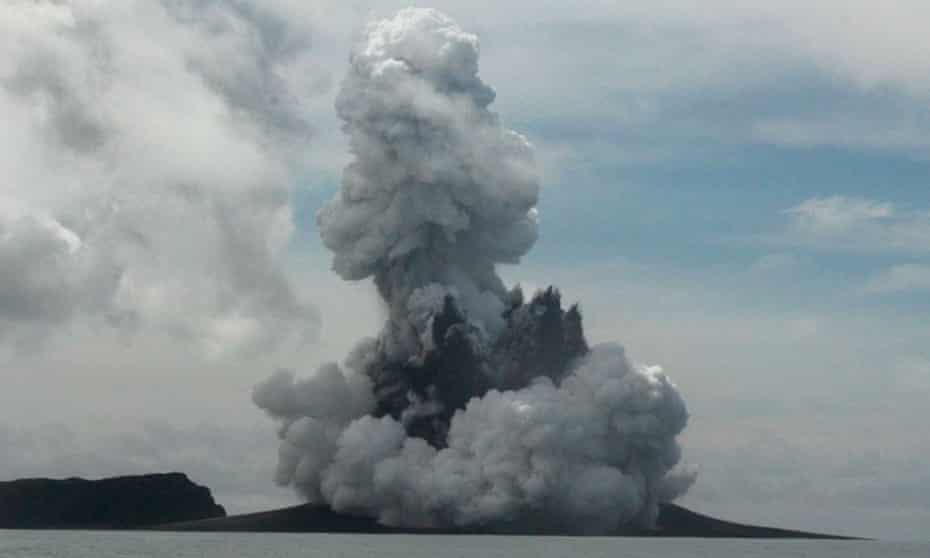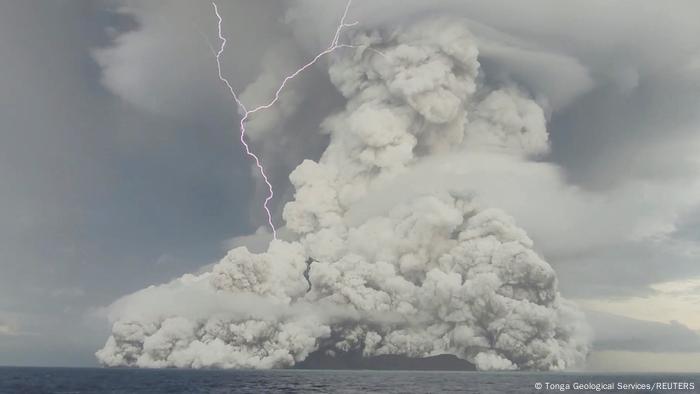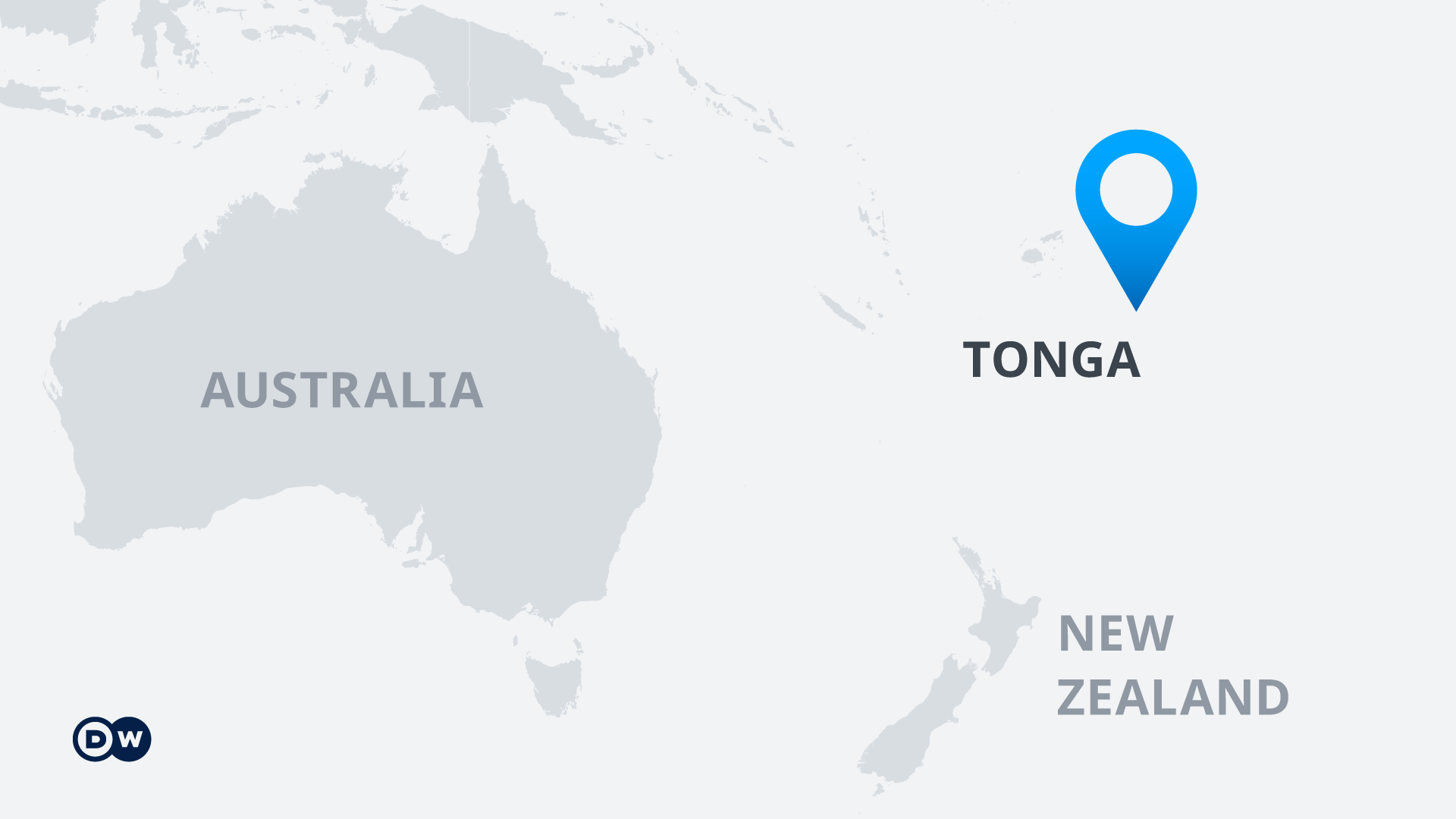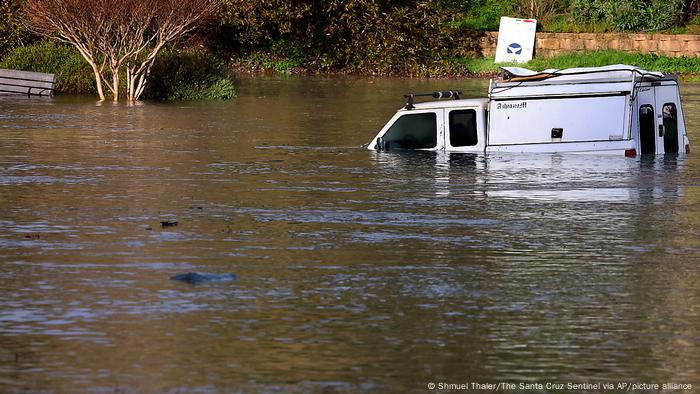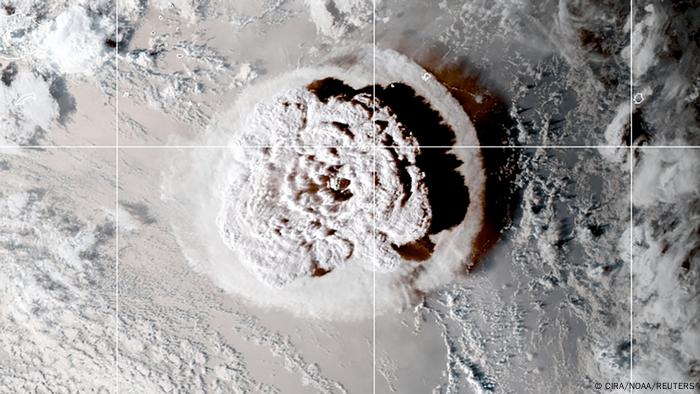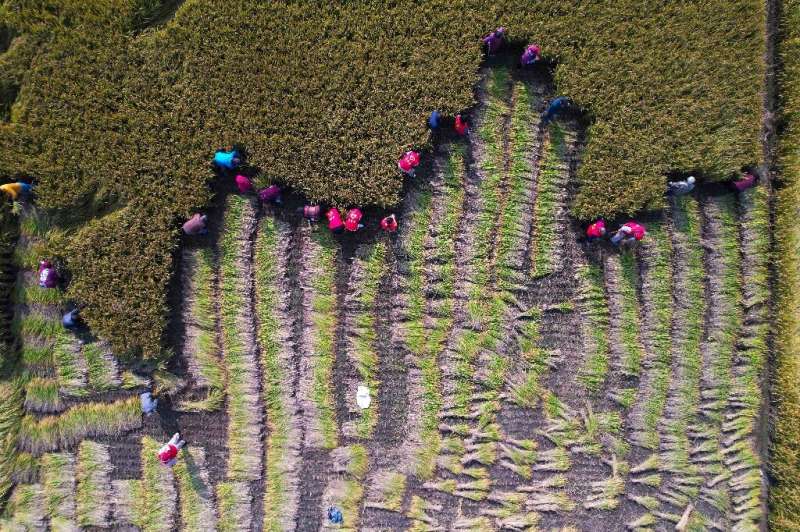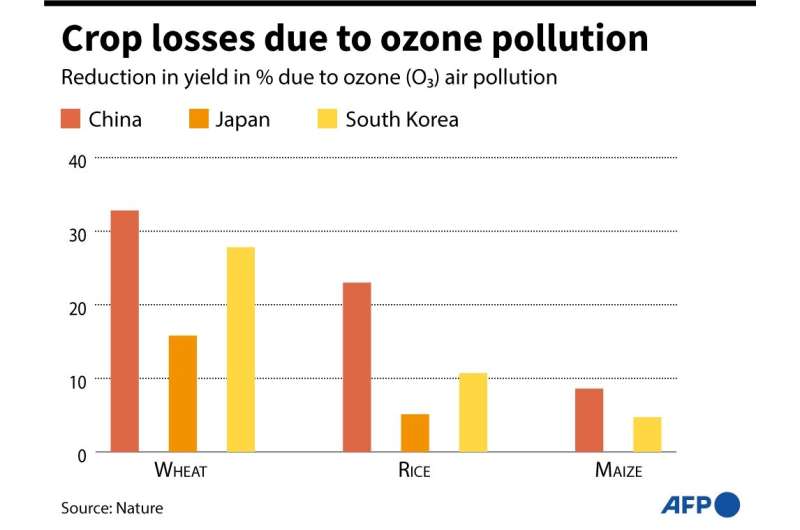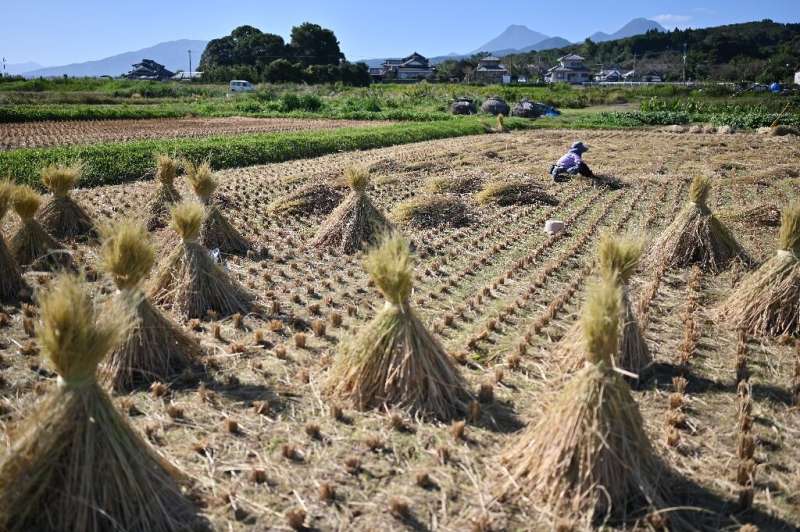Mon, 17 January 2022

Bernard Sainz has been banned from working in sport and medicine for five years (AFP/Bertrand GUAY)
Former French cycling medical advisor Bernard Sainz, alias Dr Mabuse, was sentenced Monday to 12 months under house arrest with electronic monitoring for illegally practising medicine and pharmacology and inciting doping.
The 78-year-old was also banned for five years from working in health or sport, and must pay fines totalling 41,500 euros ($47,000) to the French Cycling Federation (FFC), the Order of Physicians and the Order of Pharmacists.
Sainz -- known as "Dr Mabuse" after the 1922 film depicting a fake doctor and who describes himself as an alternative medicine therapist -- said he would appeal the decision.
The case follows an investigation by French television in June 2016, when Sainz was secretly filmed giving doping instructions to cyclists.
During his trial last November, prosecutors had requested two years in prison and a 30,000-euro fine.
Sainz's lawyer Hector Bernardini blasted Monday's decision, saying it "satisfied no one".
"The whole case stands on speculation and interpretation," he said. "There is no seizure of doping products in this case."
Meanwhile, Sainz insisted his alternative medical methods worked.
"I helped many patients back to full health after traditional medical methods had failed," Sainz said.
Sainz came into the spotlight during the 1998 Festina affair at the Tour de France during which police found a stash of performance-enhancing drugs in a team car, throwing the sport into turmoil.
In 2013, he was fined 3,000 euros in a case linked to horse doping.
The following year, he was sentenced to two years in prison, of which 20 months were suspended, for incitement to dope and practising medicine without a licence.
"Our satisfaction is very relative because he has damaged the sport of cycling for 30 years," said FFC lawyer Paul Mauriac after Monday's decision.
"For 30 years he has incited, helped, facilitated young or old to dope. The damage is done, it's irreversible.
"It's still extraordinary that (Sainz) is surprised or even indignant that he is finally forbidden to carry out any activity having a direct link with medicine."
aje/lbx/ll/dmc/ea/jc
Dr. Mabuse is a fictional character created by Norbert Jacques in the German novel Dr. Mabuse, der Spieler ('Dr. Mabuse, the Gambler'), and made famous by three films about the character directed by Fritz Lang: Dr. Mabuse the Gambler (silent, 1922) The Testament of Dr. Mabuse (1933) and the much
...
See more






